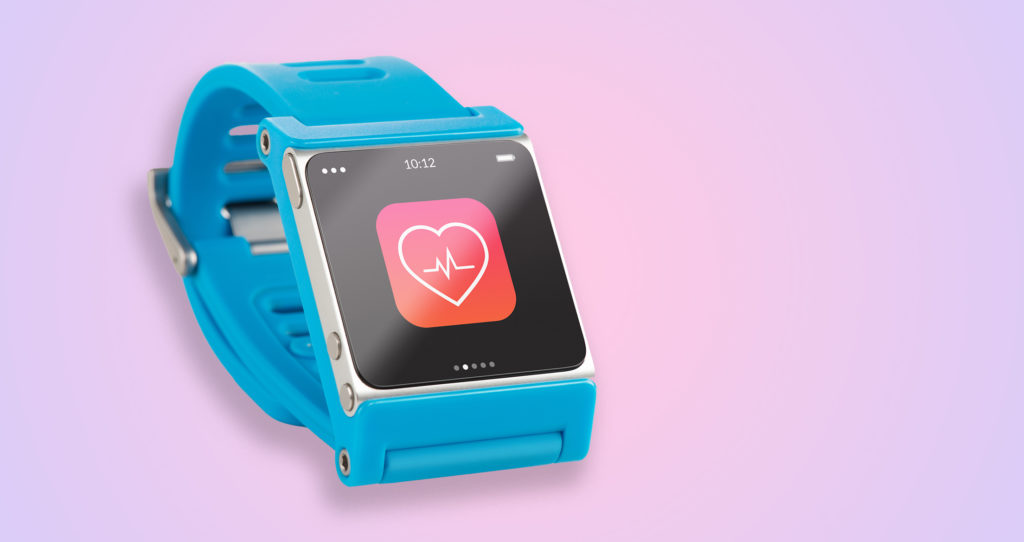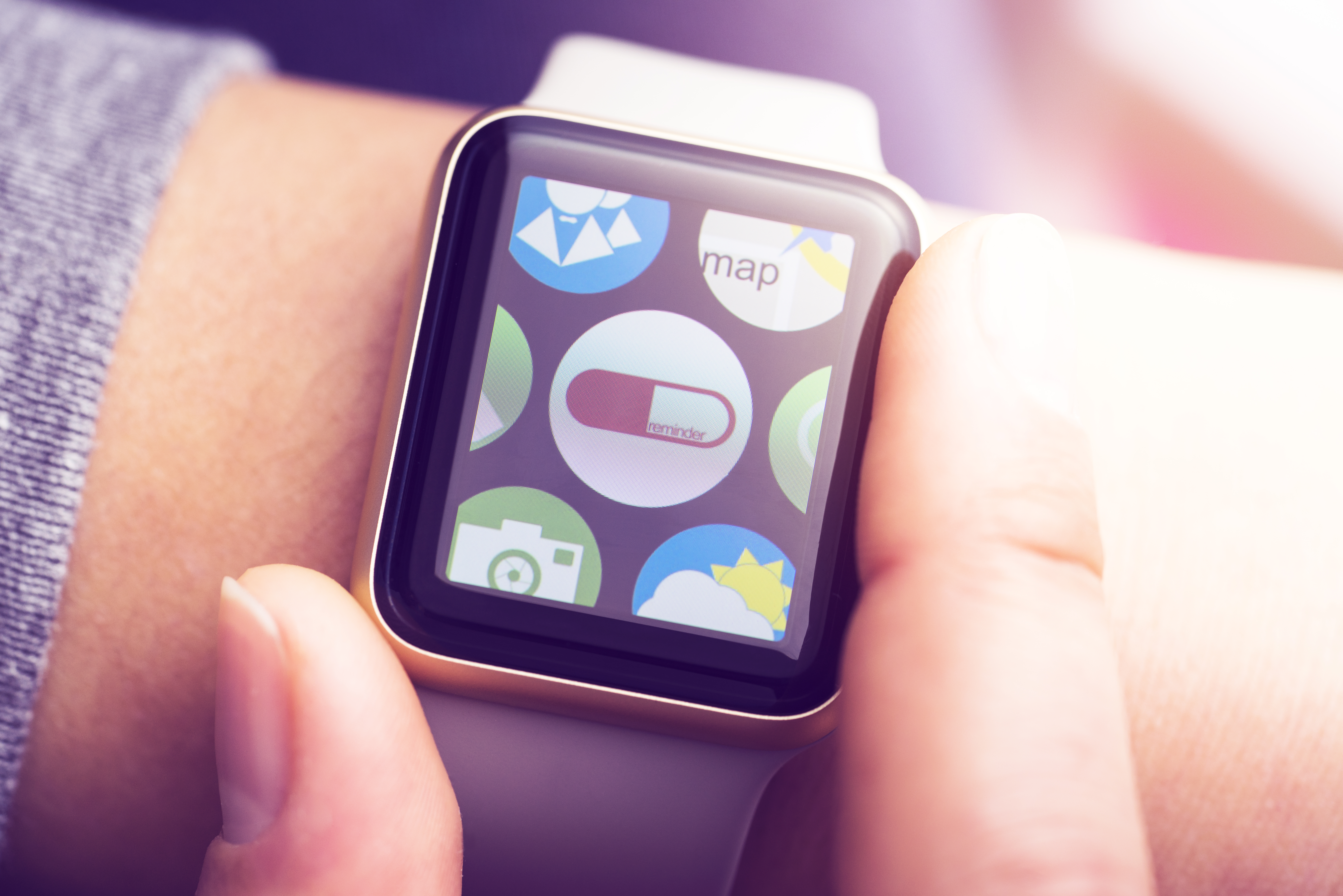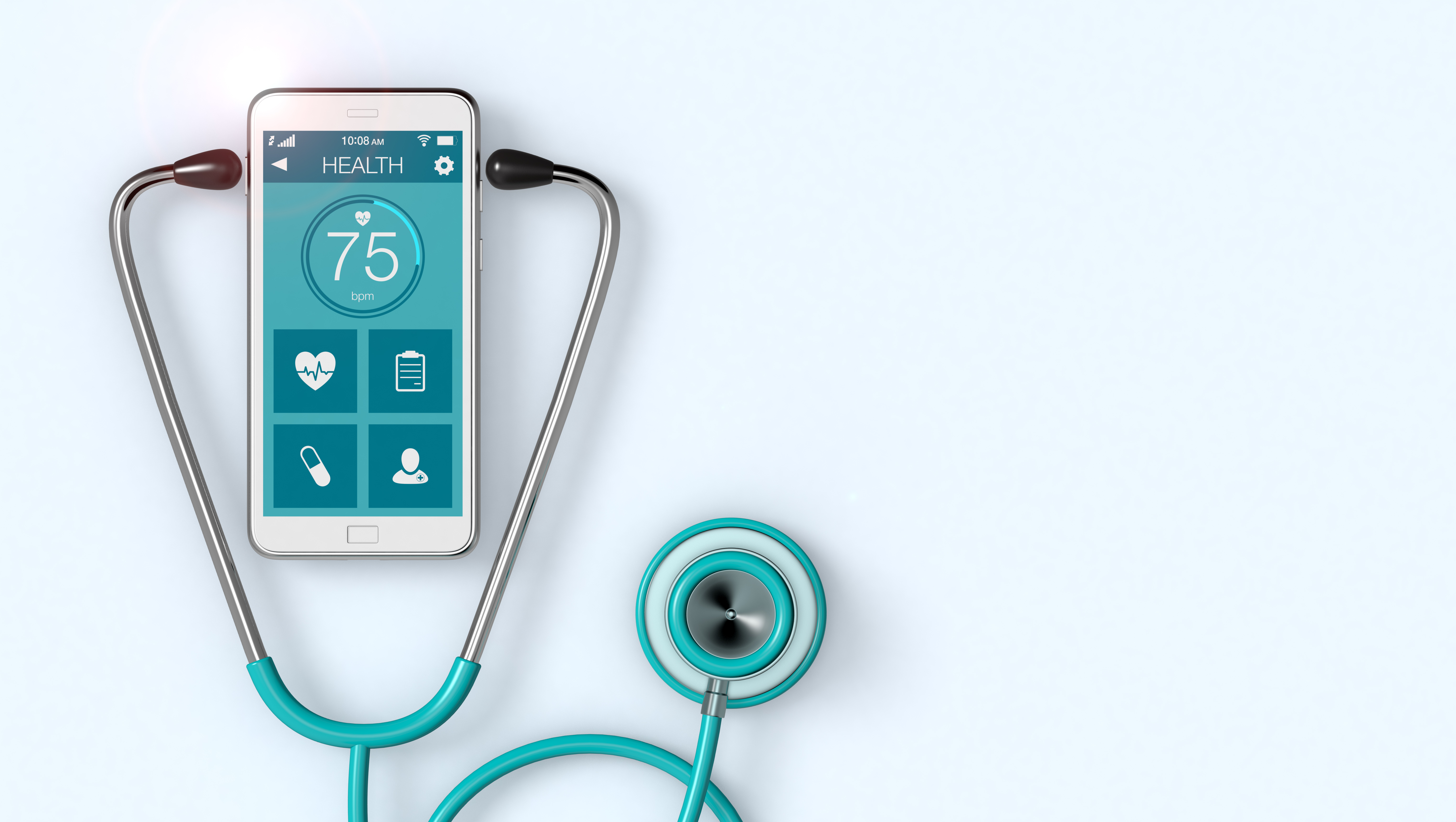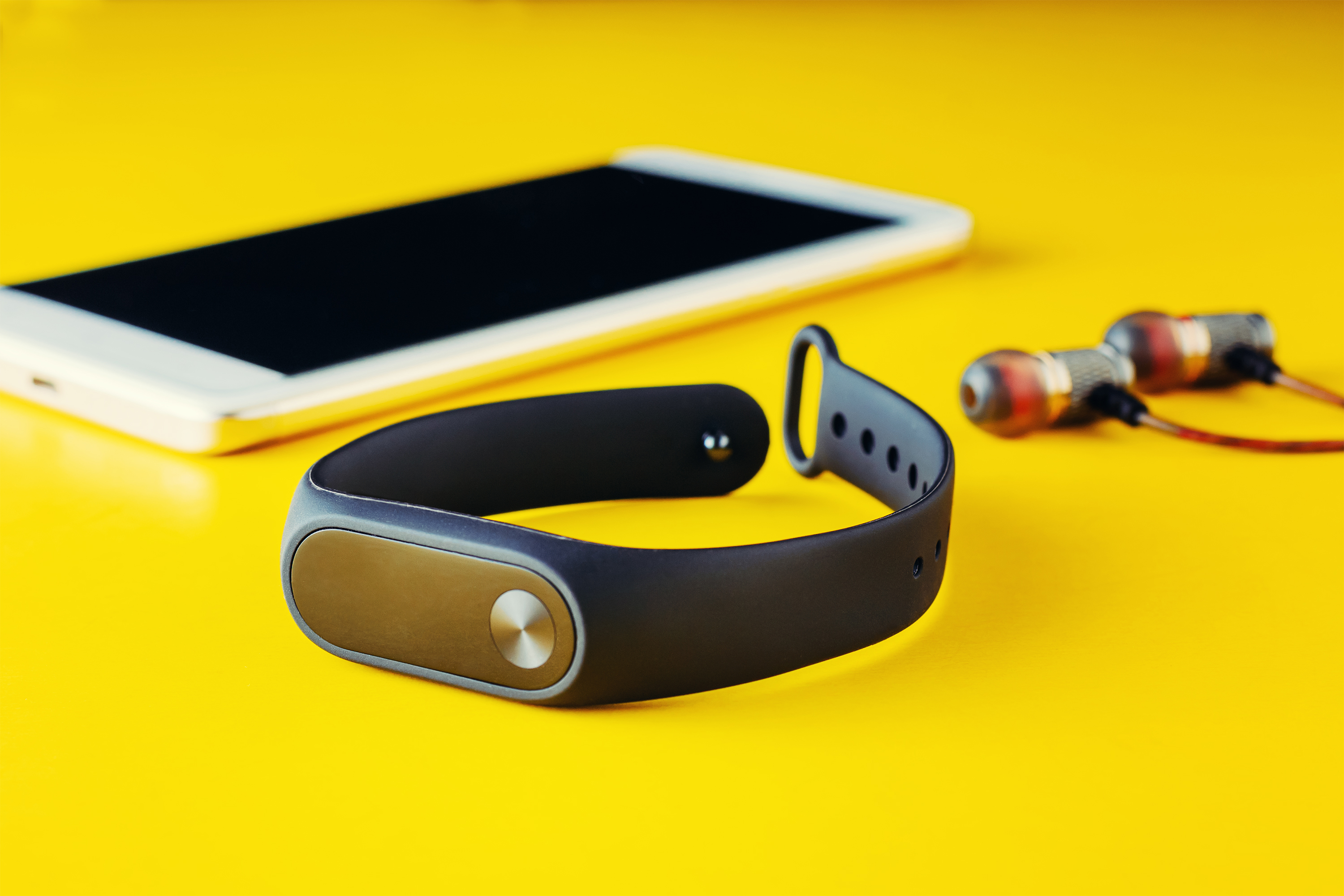
Helping a Senior Stay Healthy? Think Wearables
There’s a huge population of seniors who could benefit from monitoring their health with wearable technology. If you’re helping care for a senior, you know that overcoming their anxieties about technology and privacy is your big hurdle. Would you love to get them on board? Here are some ideas to help you make them comfortable with getting real time feedback, keeping records and maintaining networks of advisors.
Why Wearables?
Wearable technology today offers so much – from tracking physical activity and GPS data to display text or call notifications to encouraging healthy habits. New devices and apps are being developed constantly.
Still, many non-tech savvy seniors may be reluctant to wear them, as they are unfamiliar with the technology and may have concerns around sharing personal information and data with a device. So we found a lot of positive data that just might help convince your mom or dad to wear them:
- Increase Independence: For many seniors, the thought of losing independence is awful. Wearable technologies can help older people age in place and keep their freedom while also providing critical information about their health to doctors and caregivers who can be remote.
- Establish and Maintain Routine: Some types of wearables also help track certain behaviors. Newer devices help seniors establish and maintain an activity schedule. They can also be used to prompt a person to take a medication at a specific time or to remind someone of an appointment.
- Bond with their Friends: A 2019 study in JMIR mHealth and uHealth found that many long-term wearable tech users received a great deal of social support through the use of their device, engaging with other device wearers and sharing their activity with one another. This support helped boost motivation to keep using activity trackers, which may, in turn, promote more physical activity among older people.
- Share Health Data with Providers: Access to data collected from wearable technology could be used to help doctors or other caregivers monitor the health status of an older person. This information could then be used to proactively help the wearer address any health concerns instead of waiting until they needed more intensive treatment
- Learn More about their Activity: A 2015 report from AARP showed that 77% of people age 50-plus found activity and sleep trackers useful for learning more about their activity levels and sleep patterns. Additionally, 45% of older adults surveyed were more motivated to live more healthfully after only 6 weeks of wearable use
Choices of Wearable Devices
There are many types of wearables available on the market today. The one you or your loved one should use depends on what you or they want to get out of it.
Medication-Reminder Devices
Many seniors take daily medications, some of which must be taken at regular intervals each day. To ensure medication is taken consistently, there are several devices that provide audio or text reminders, and can store the wearer’s medical information in case of an emergency, including medical conditions, allergies, and emergency contact information. Reminder devices include:
Condition-Monitoring Devices
There are also wearables more suitable for monitoring chronic health conditions, such as heart conditions and chronic pain. These new medical devices collect biometric data about the user, forwarding it to healthcare providers to help them manage chronic illnesses. These include:
- KardiaMobile wireless EKG monitor
- Omron Generation Zero blood pressure monitor
- Omron Healthcare Avail TENS Unit for treating chronic pain
- Dot Watch for visually impaired individuals
Health and Fitness Trackers
One of the most popular types of wearables — health and fitness trackers — measure variables such as heart rate, activity type, calories burned, activity intensity, and sleep duration. Popular devices include:
Getting Started
Fortunately, once they’ve taken the difficult first step to put it on, it’s easy for just about anybody to get up and running in no time.
Step 1: Optimize the Internet Connection
Wearable devices rely on internet connectivity, usually via Wi-Fi or Bluetooth, to send collected data and receive information and updates so a strong internet connection is key. You can take several steps to get a stronger Wi-Fi signal from a router, like making sure it’s placed centrally and giving it space. Having the strongest internet possible ensures the wearable functions at its best.
Step 2: Determine Your Needs
Choose the right device. Is the person using the wearable also living with a chronic medical condition? Are they at high risk for falls? Do they need to take a medication at a certain time each day? Technology should be selected based on the user’s unique needs. Wearables featuring medical alert systems or health tracking apps may be just right for older people. And read the reviews: Do users like it? Is it comfortable? Is it simple? Does with work without glitches?
Step 3: Use and Enjoy
It’s not helpful or fun if they don’t wear it. You can help take the frustration out of learning how to use this new technology by doing all the set up, making sure their internet connection is strong and connecting to Wi-Fi or Bluetooth.
Then do a tutorial. Walk your loved one through setting up and using the device, especially if they aren’t familiar with technology at all. Maybe start fitness challenges with the family, friends, or senior community neighbors. Set some goals. Have weekly meetings to share results and the experience.
Wearable technology is for everybody. It can help make older people more engaged in their own healthcare and provide peace of mind to their families . You have lots of choices to get it started.







Join the conversation